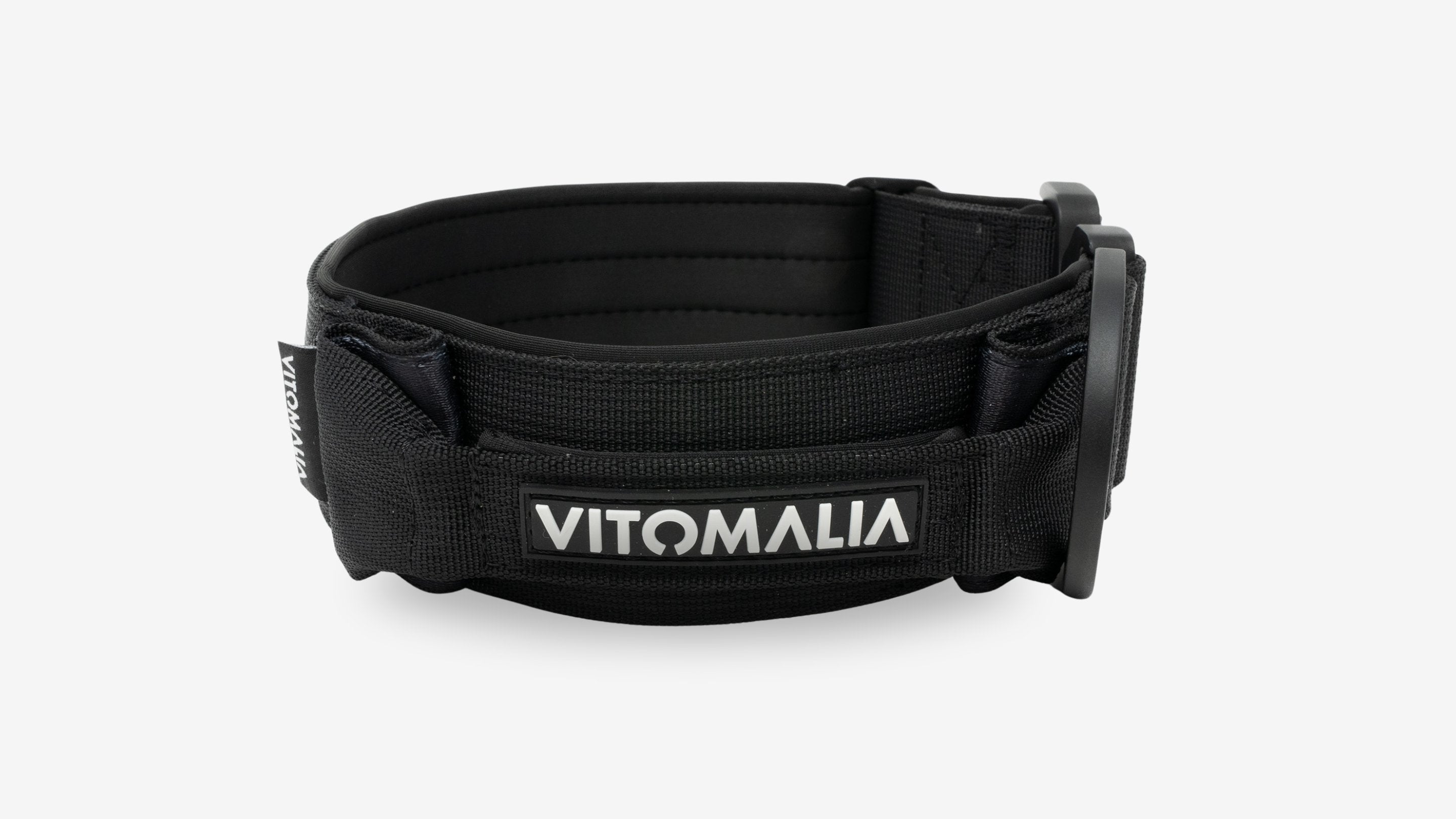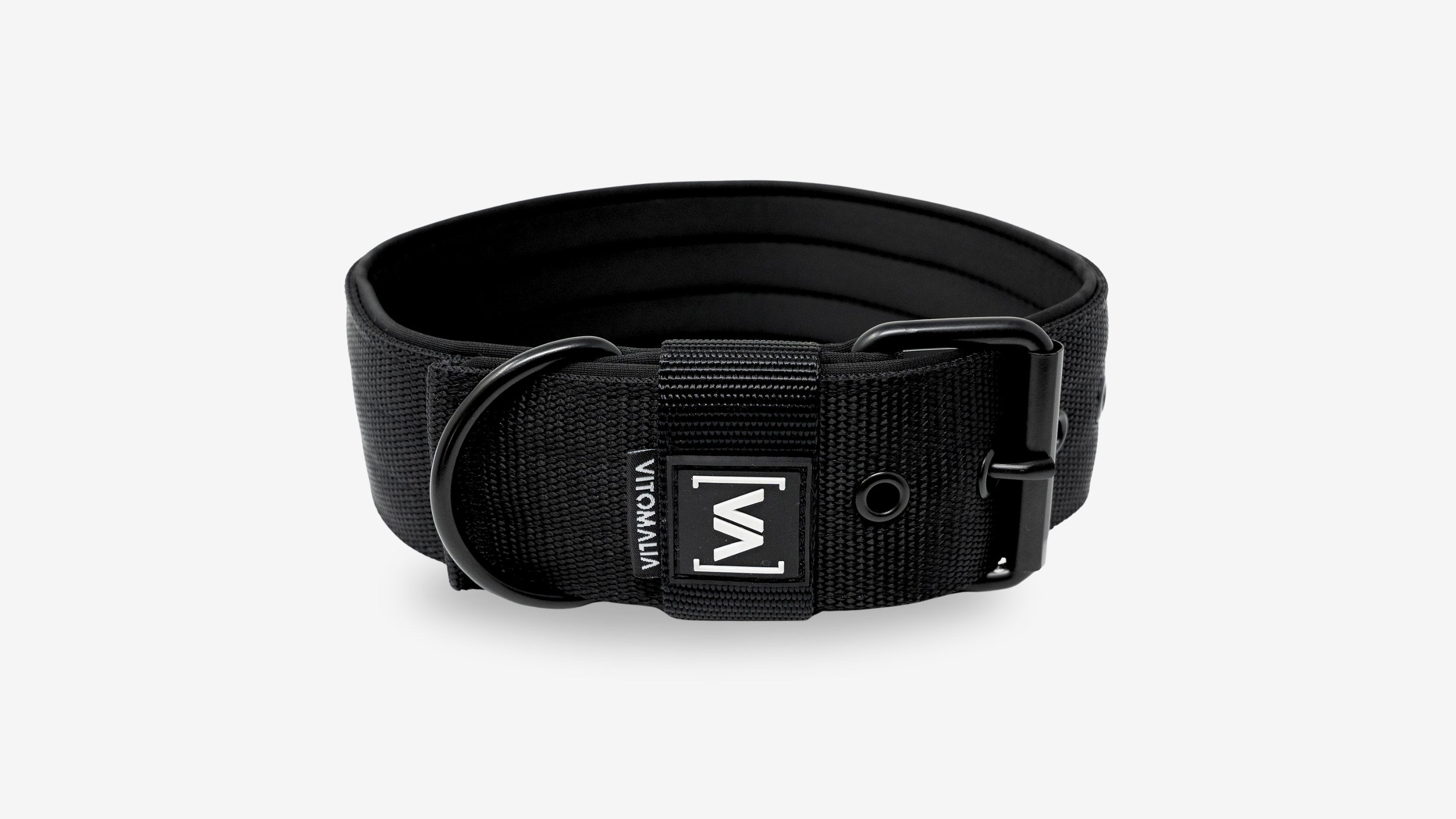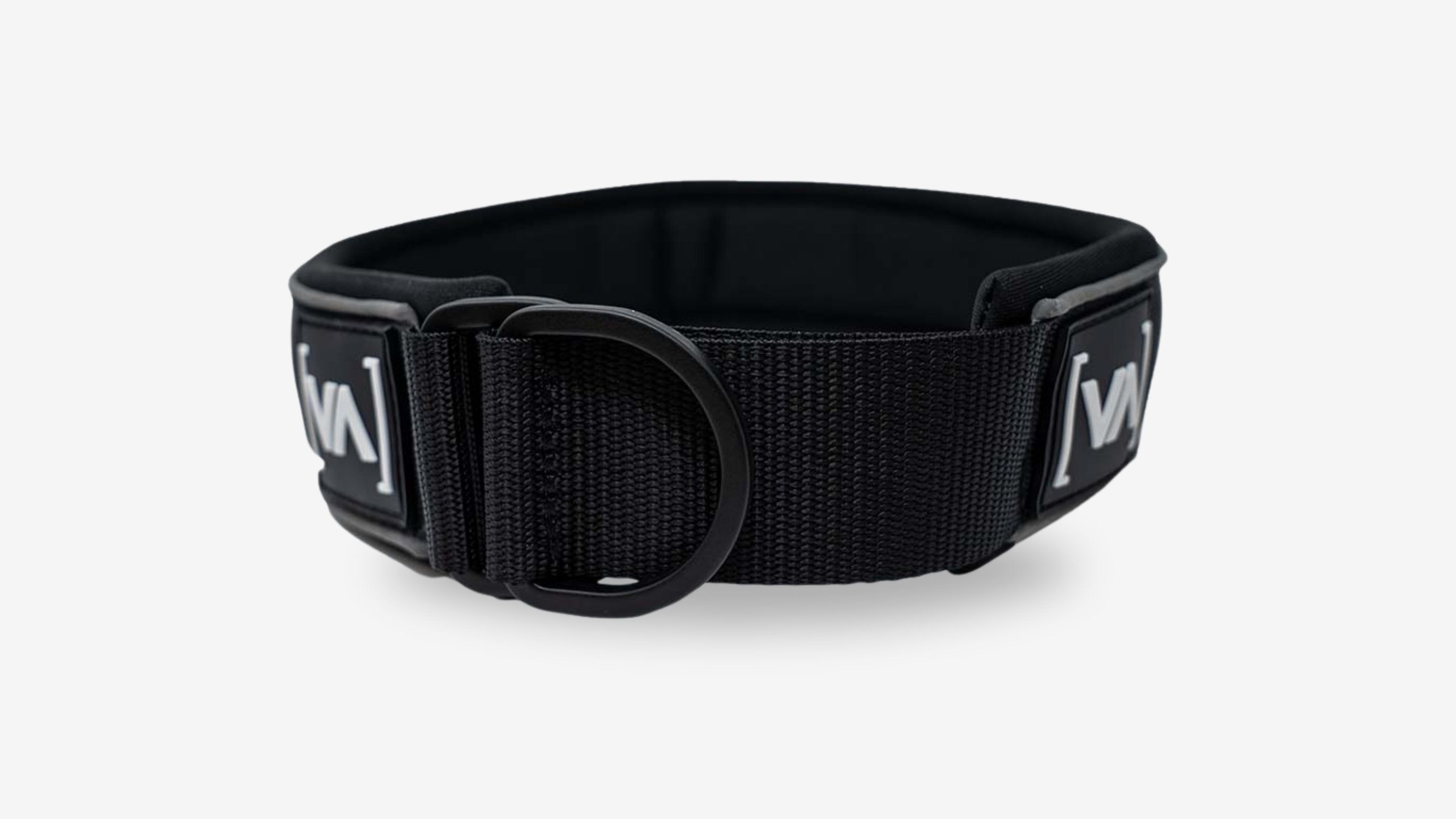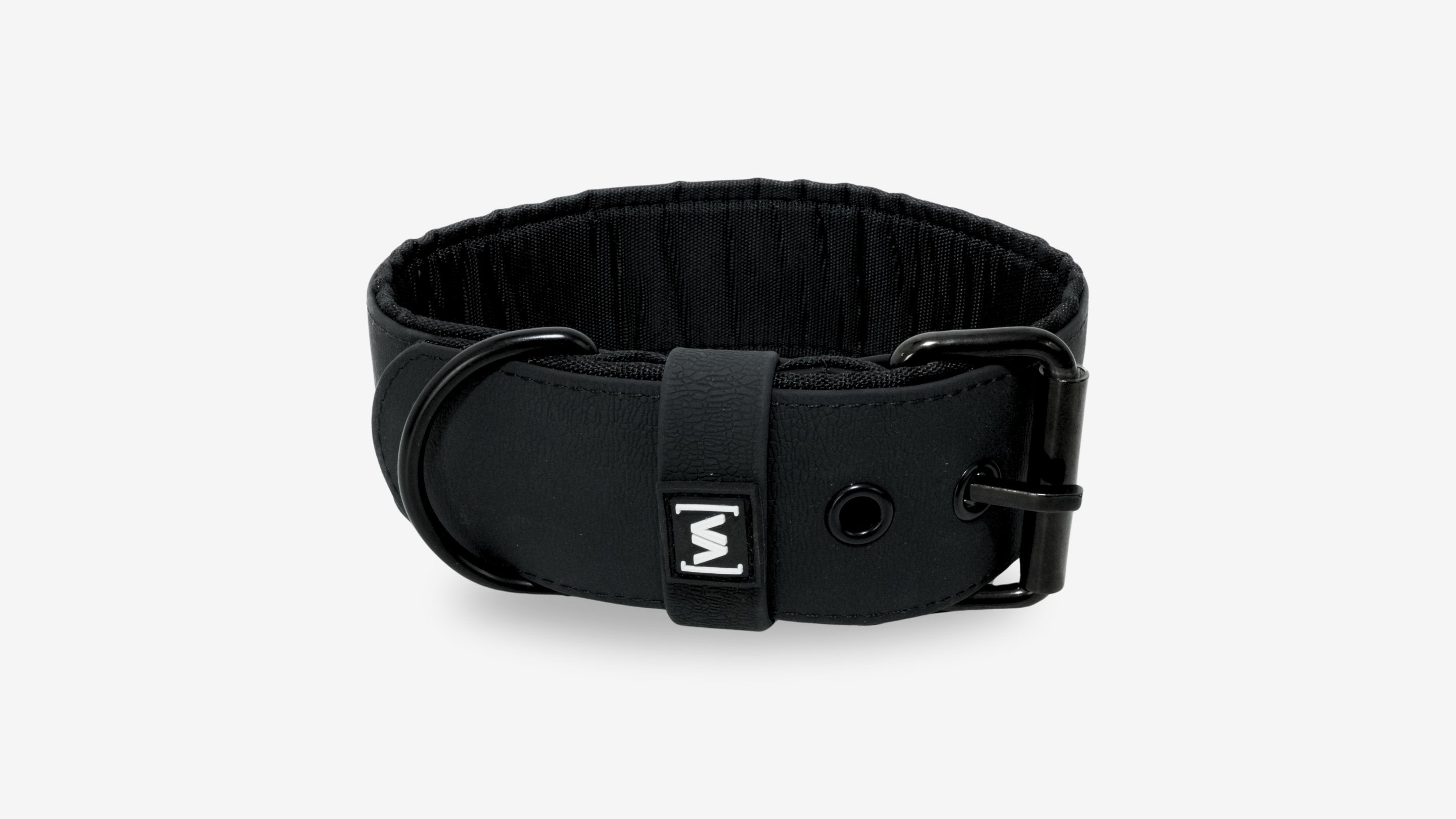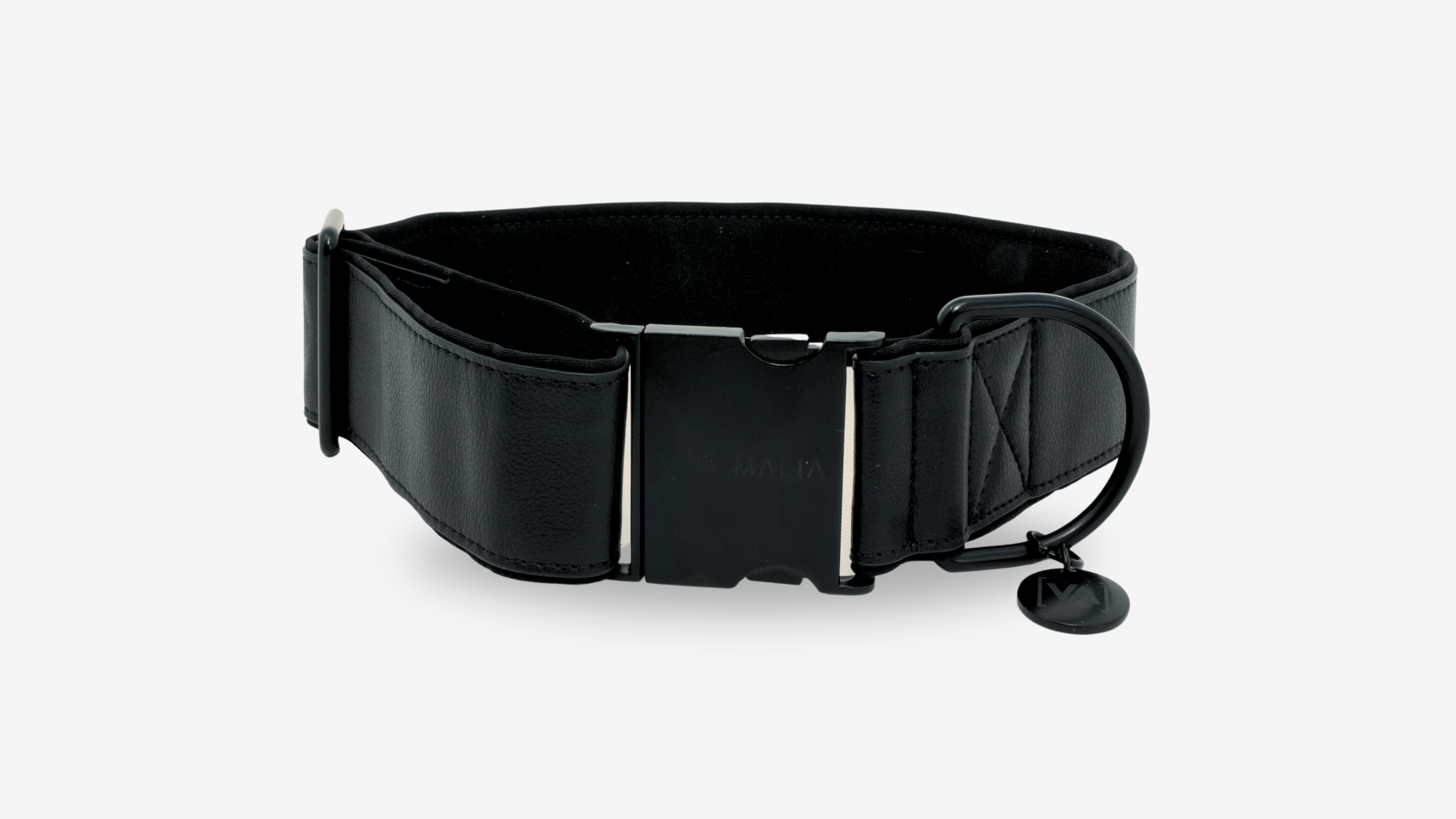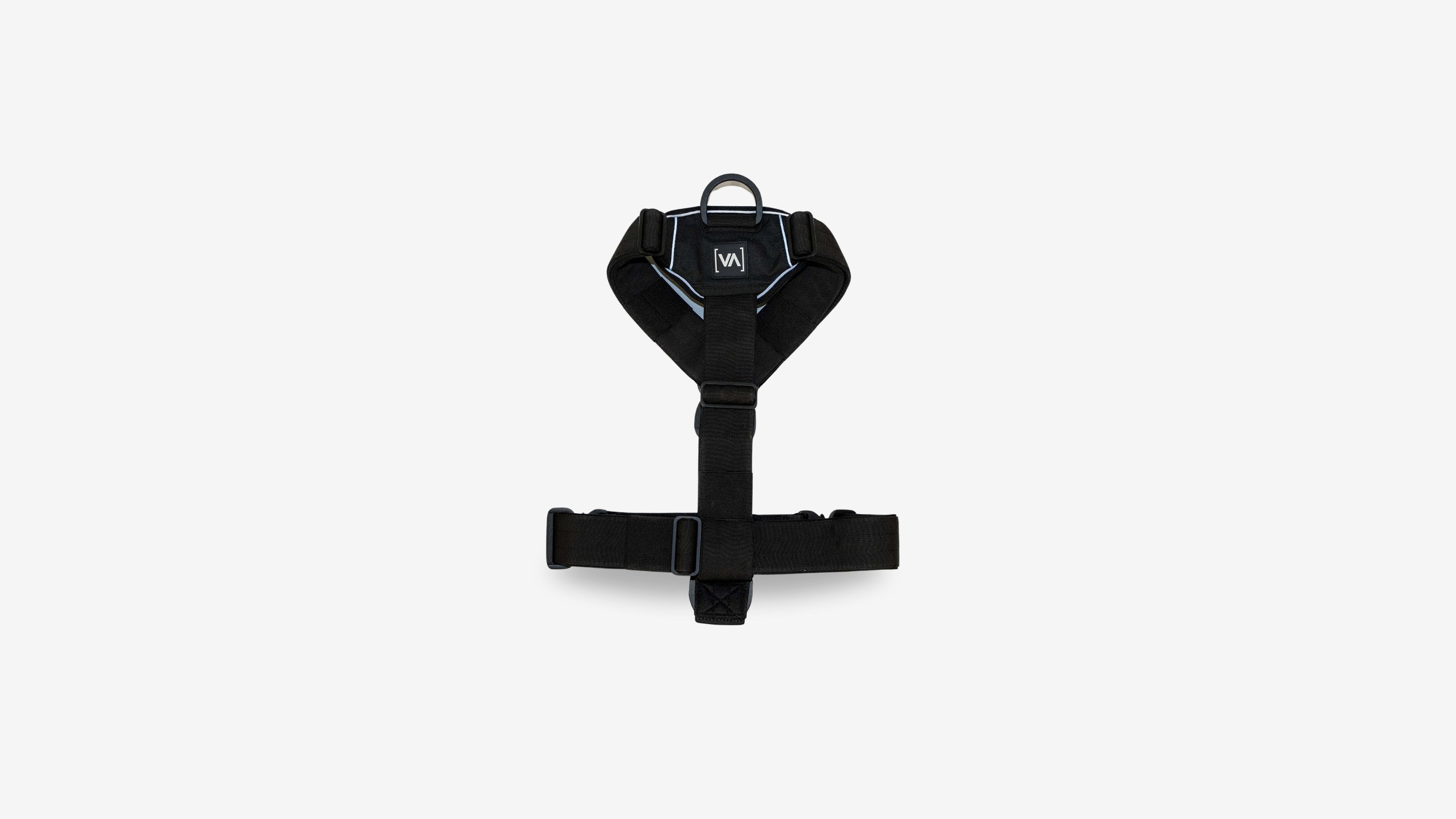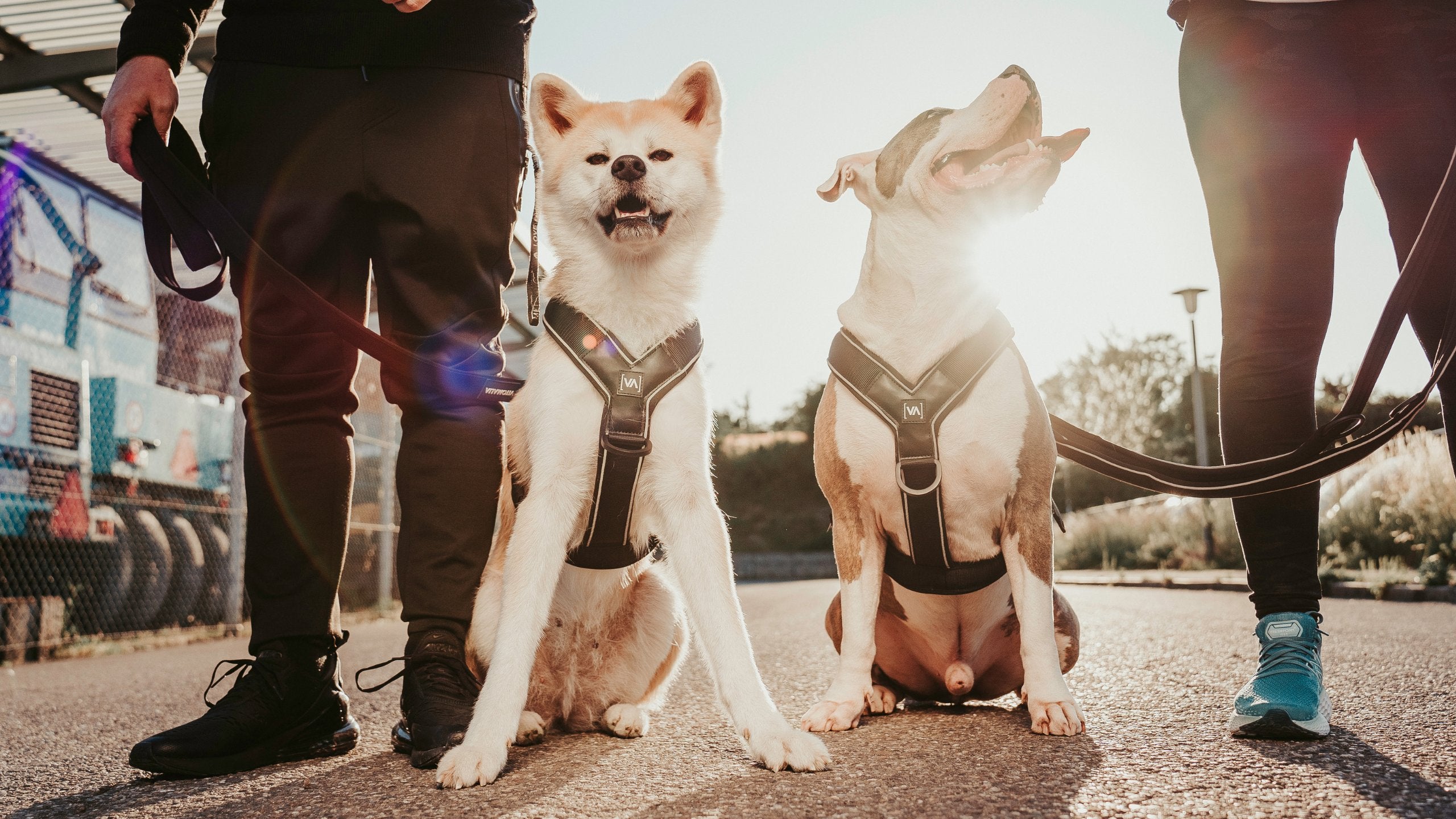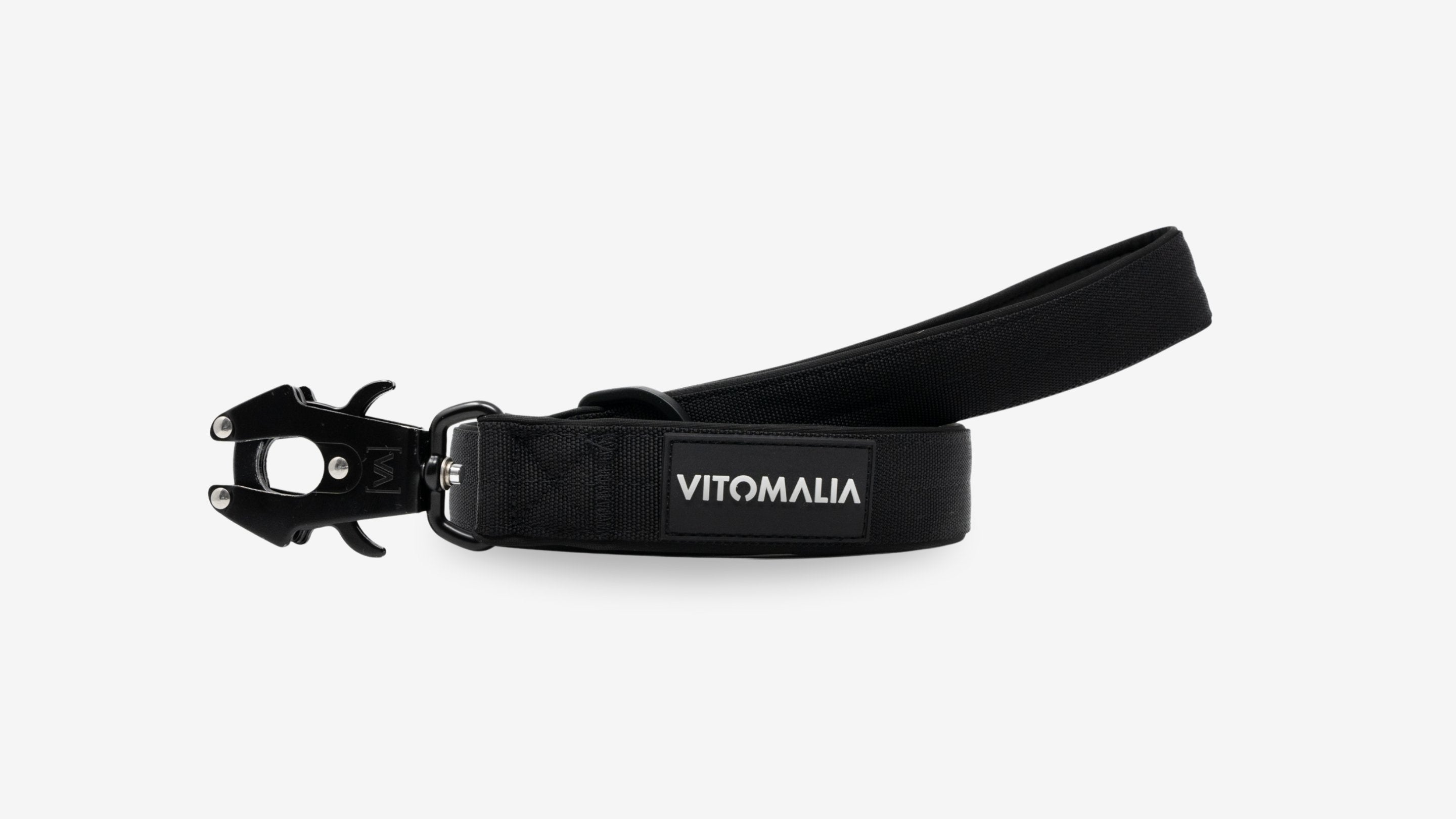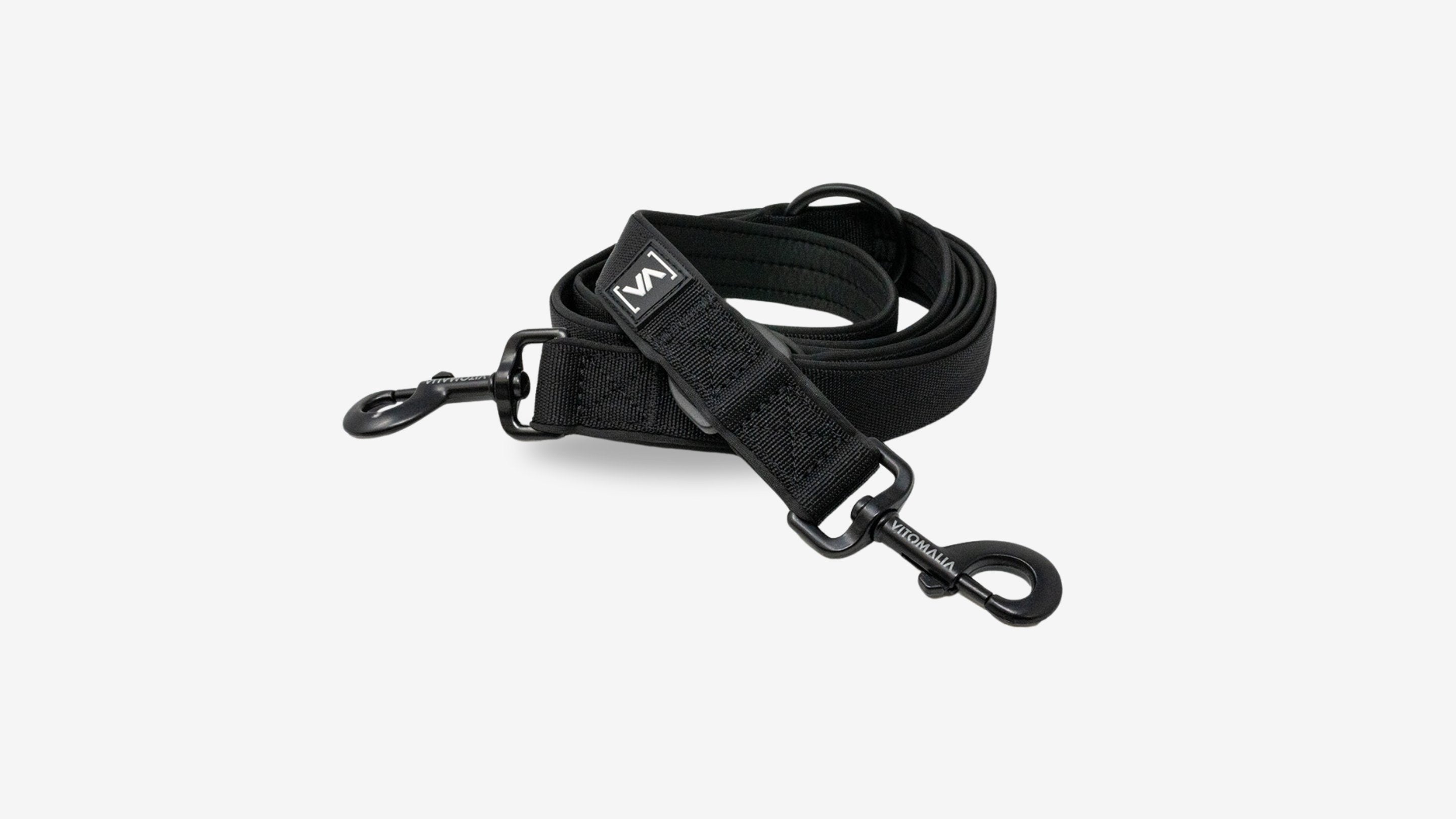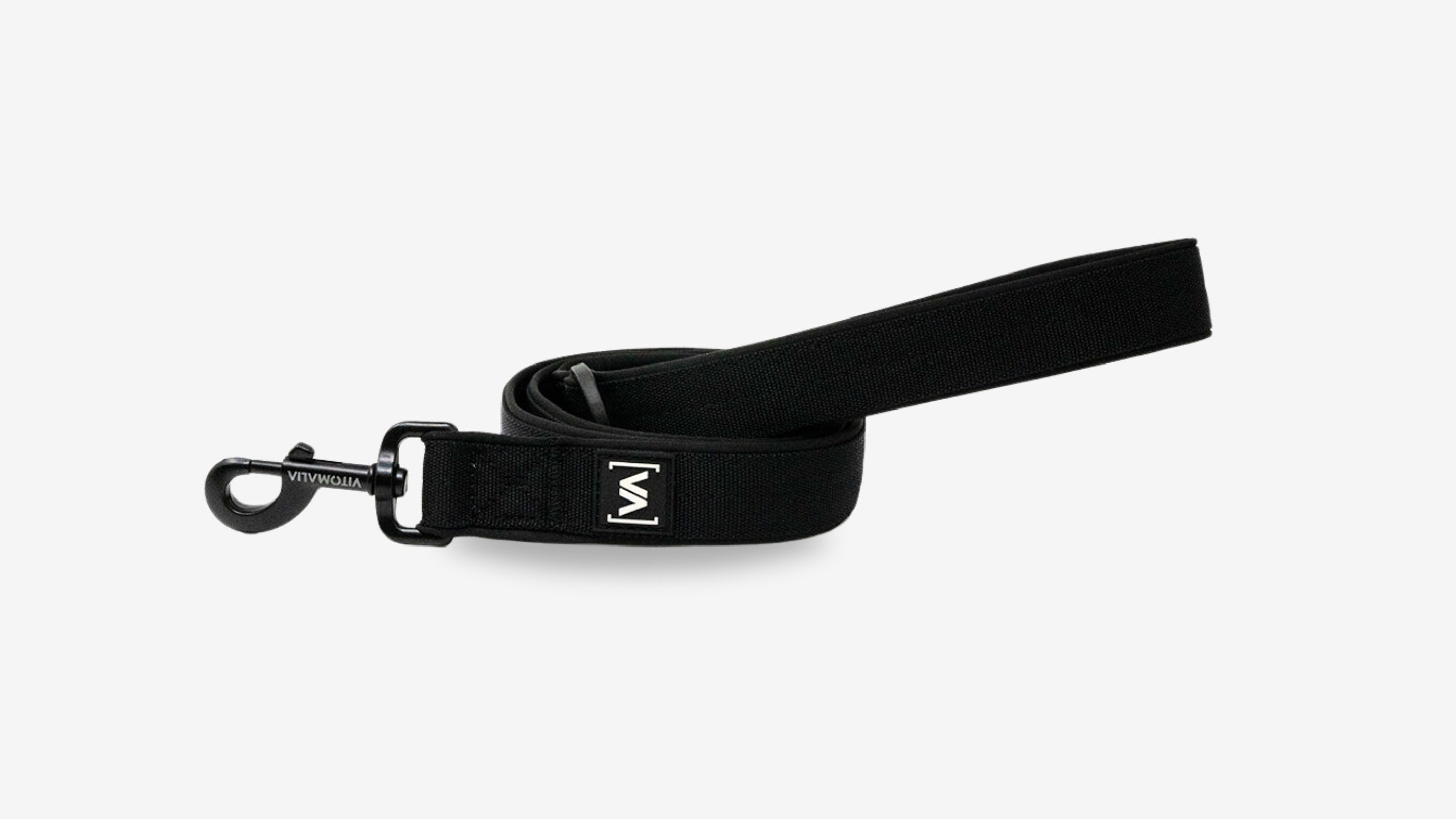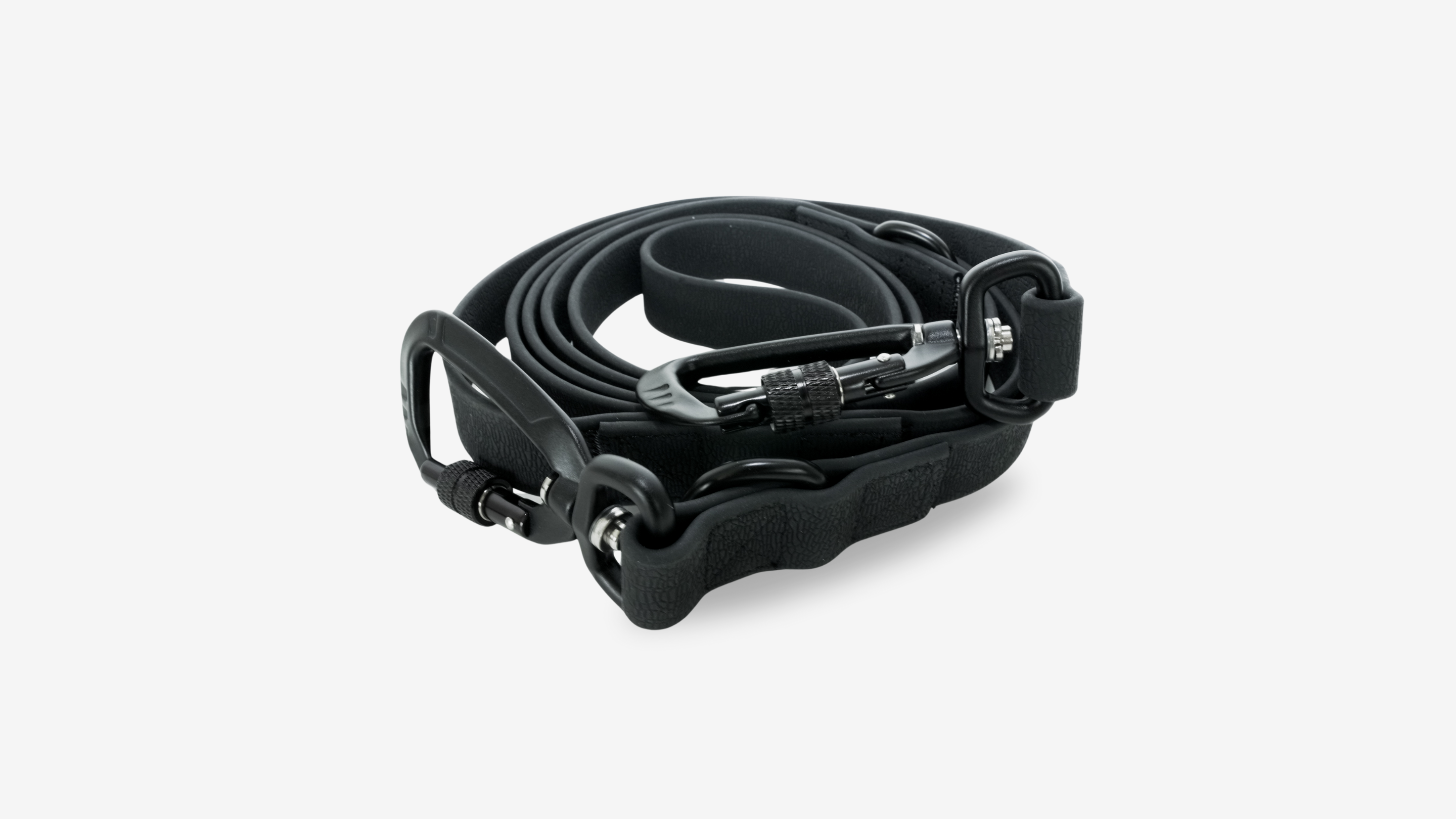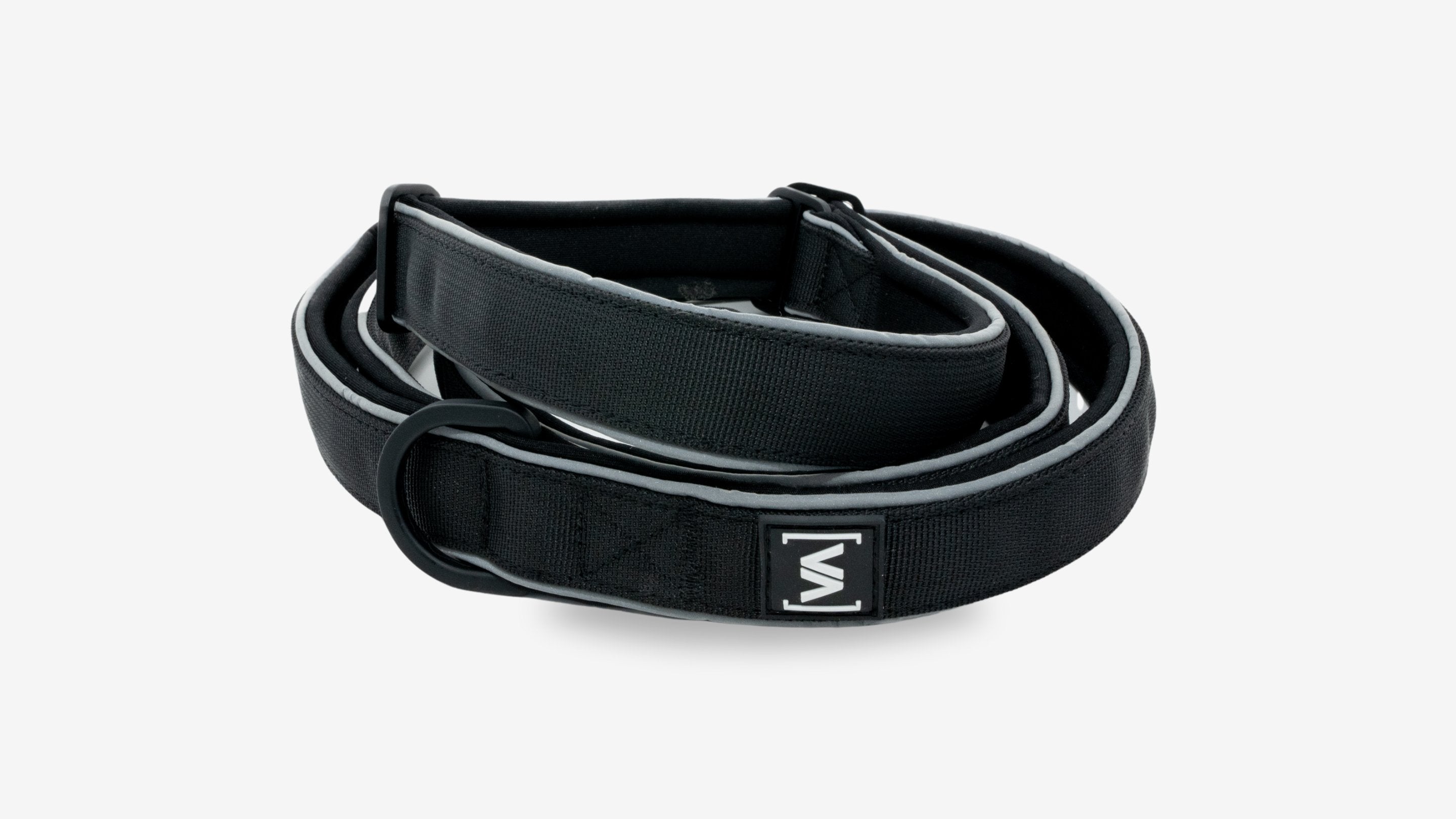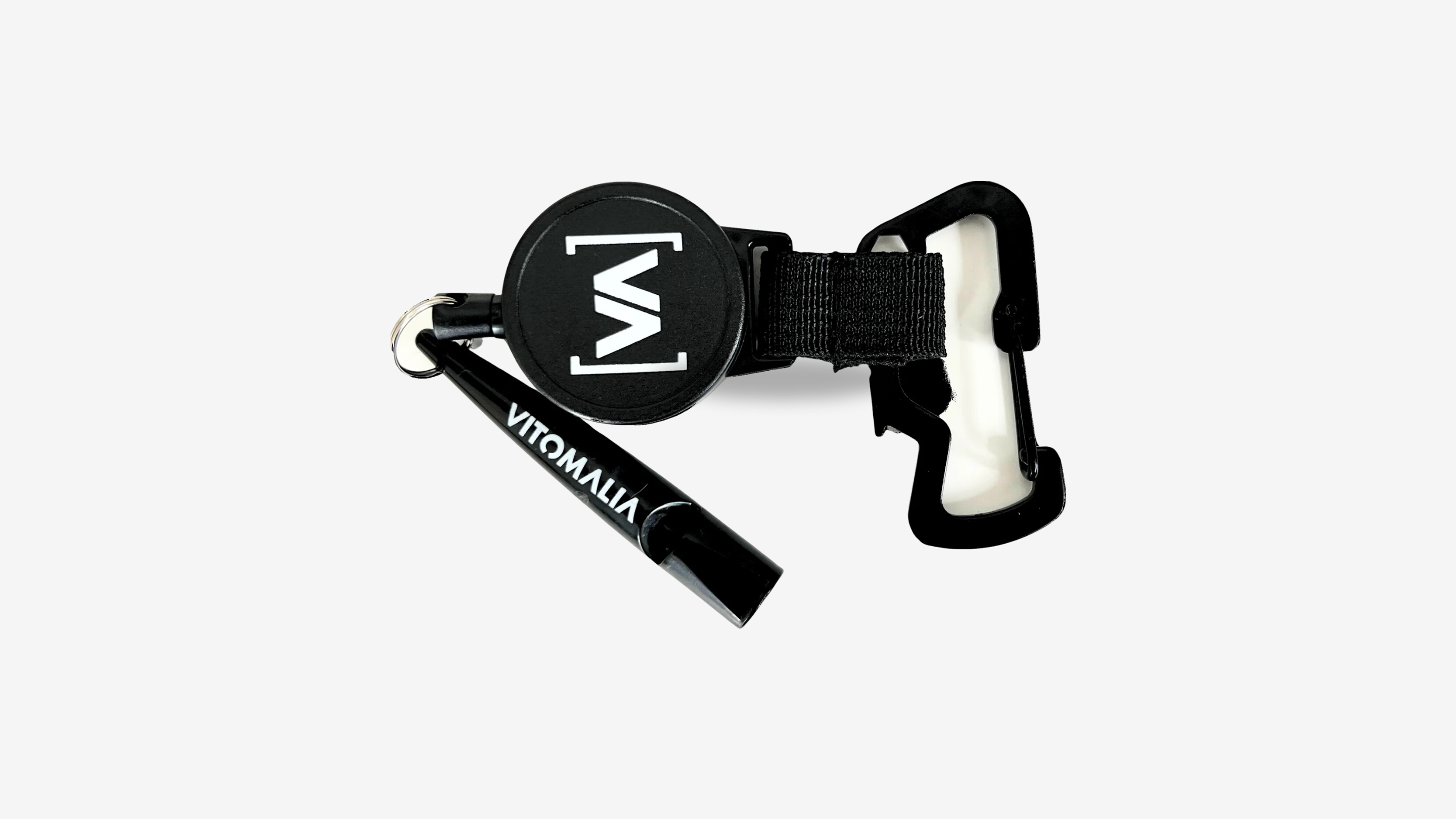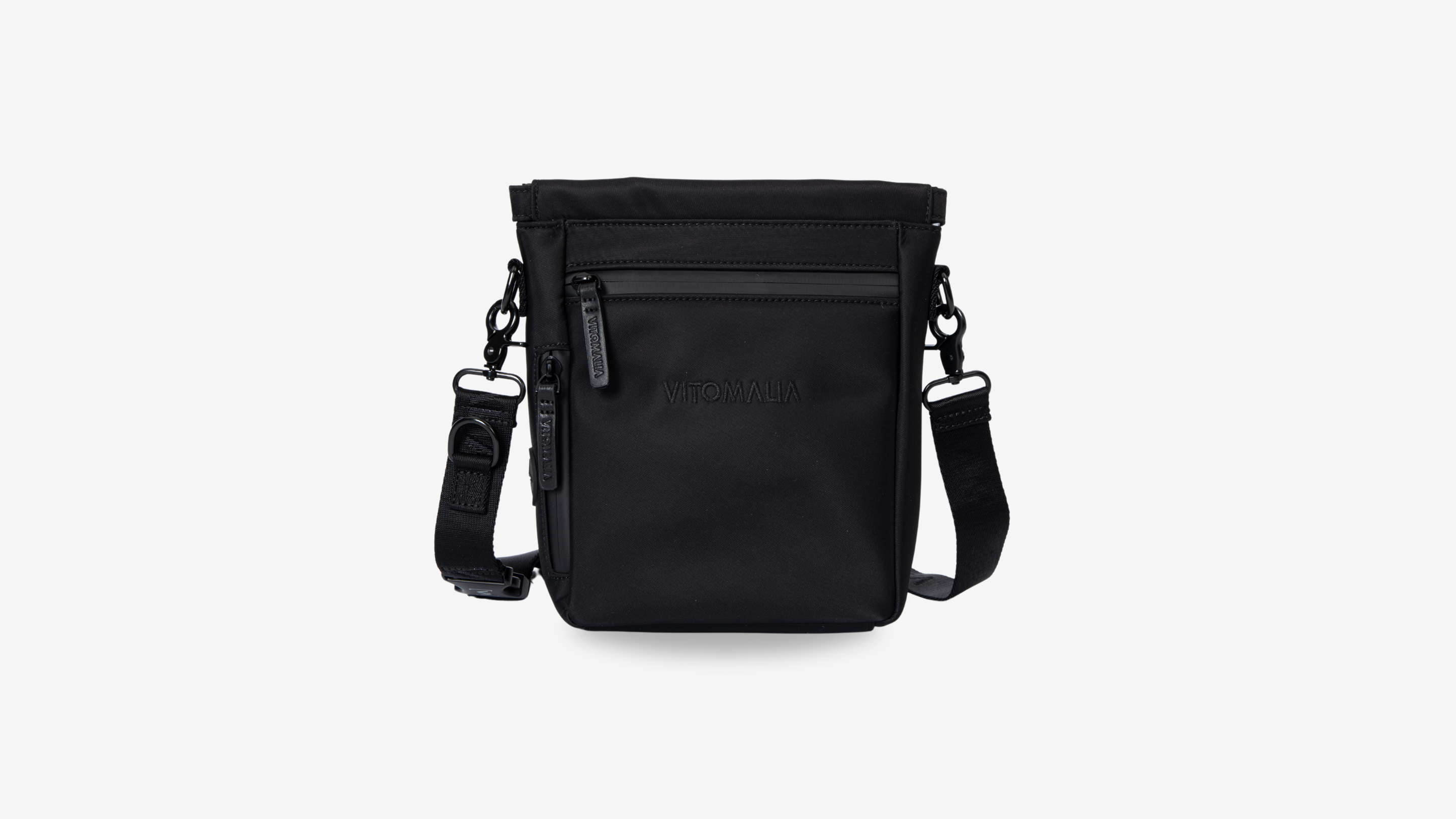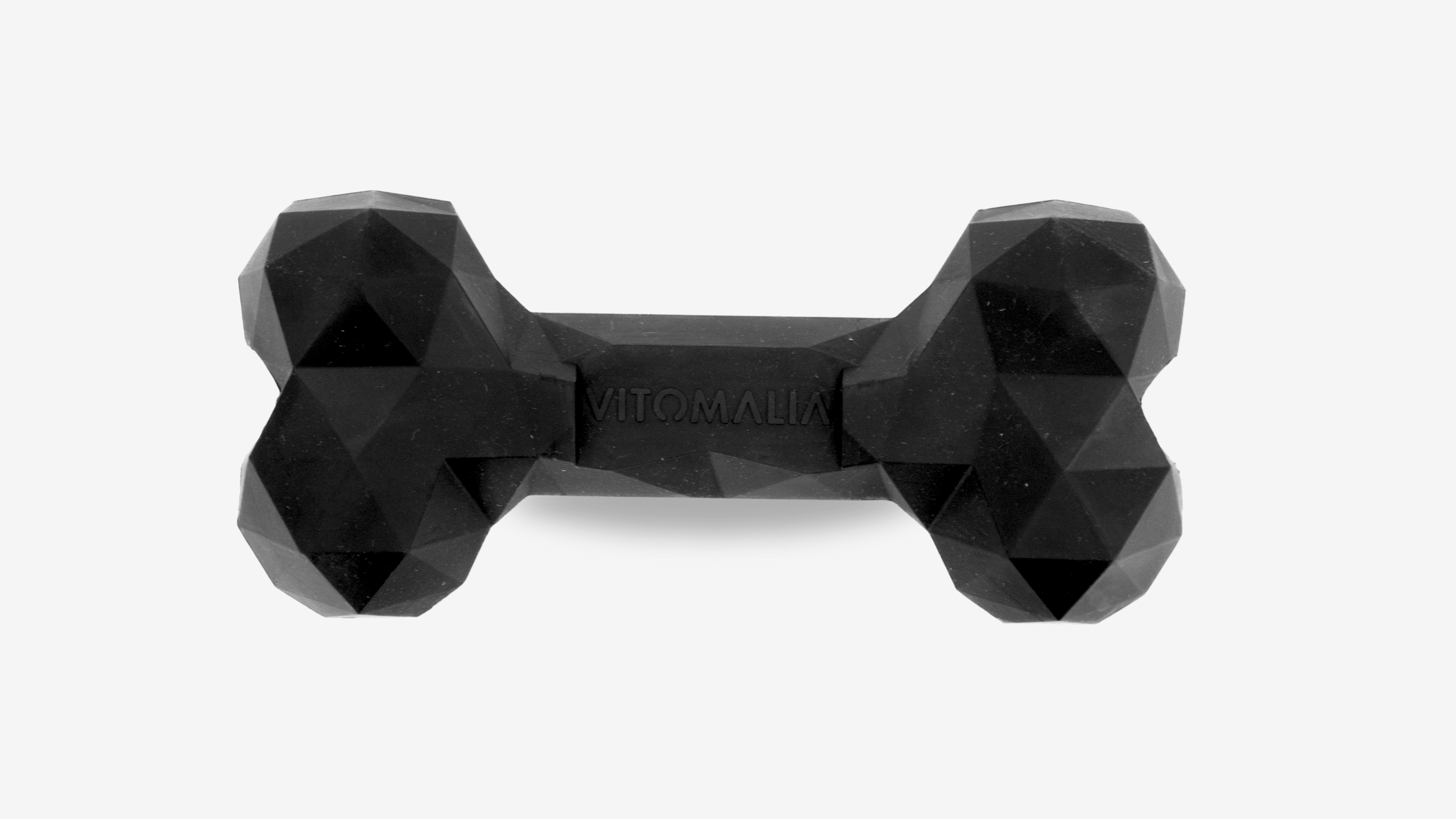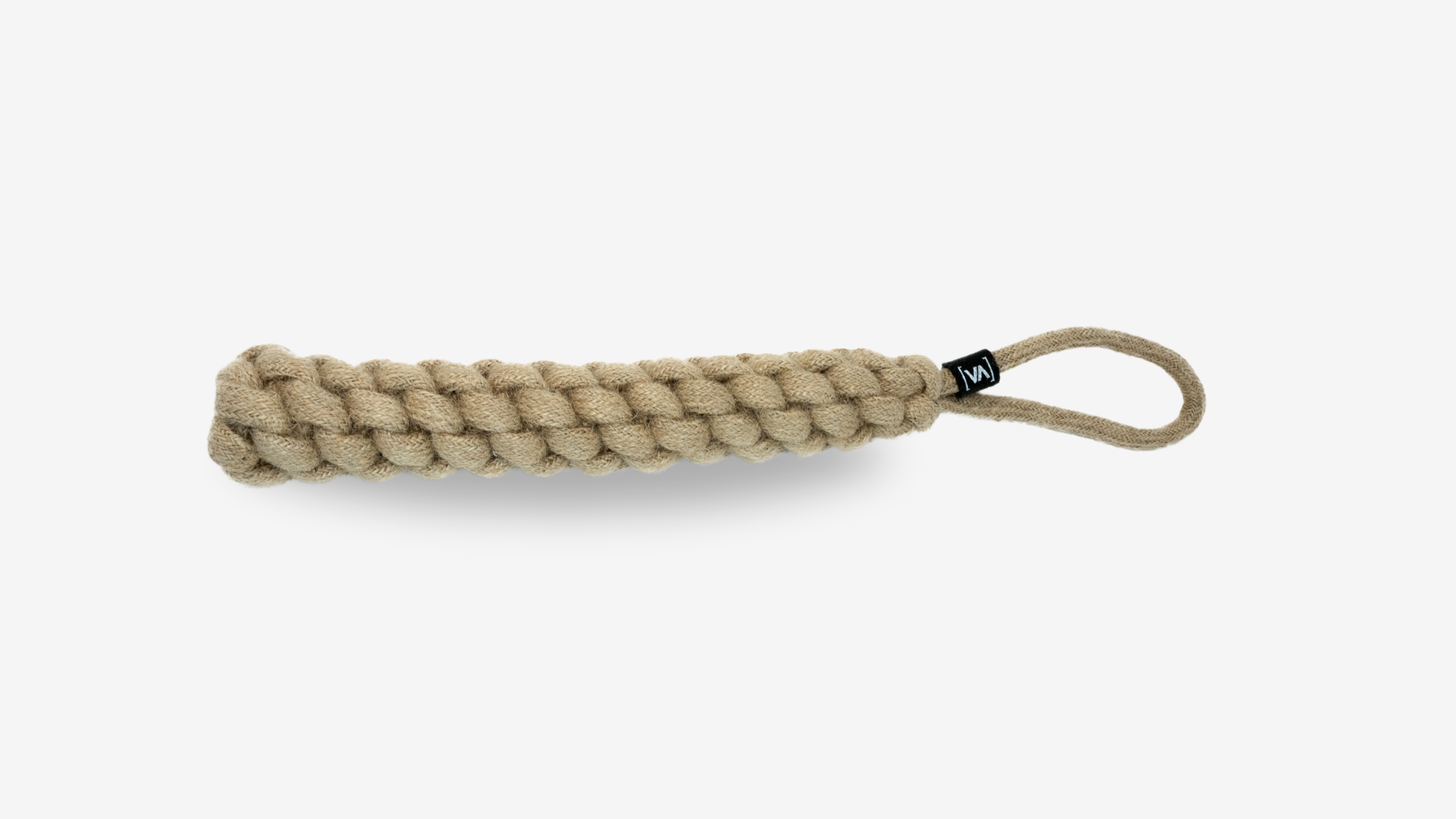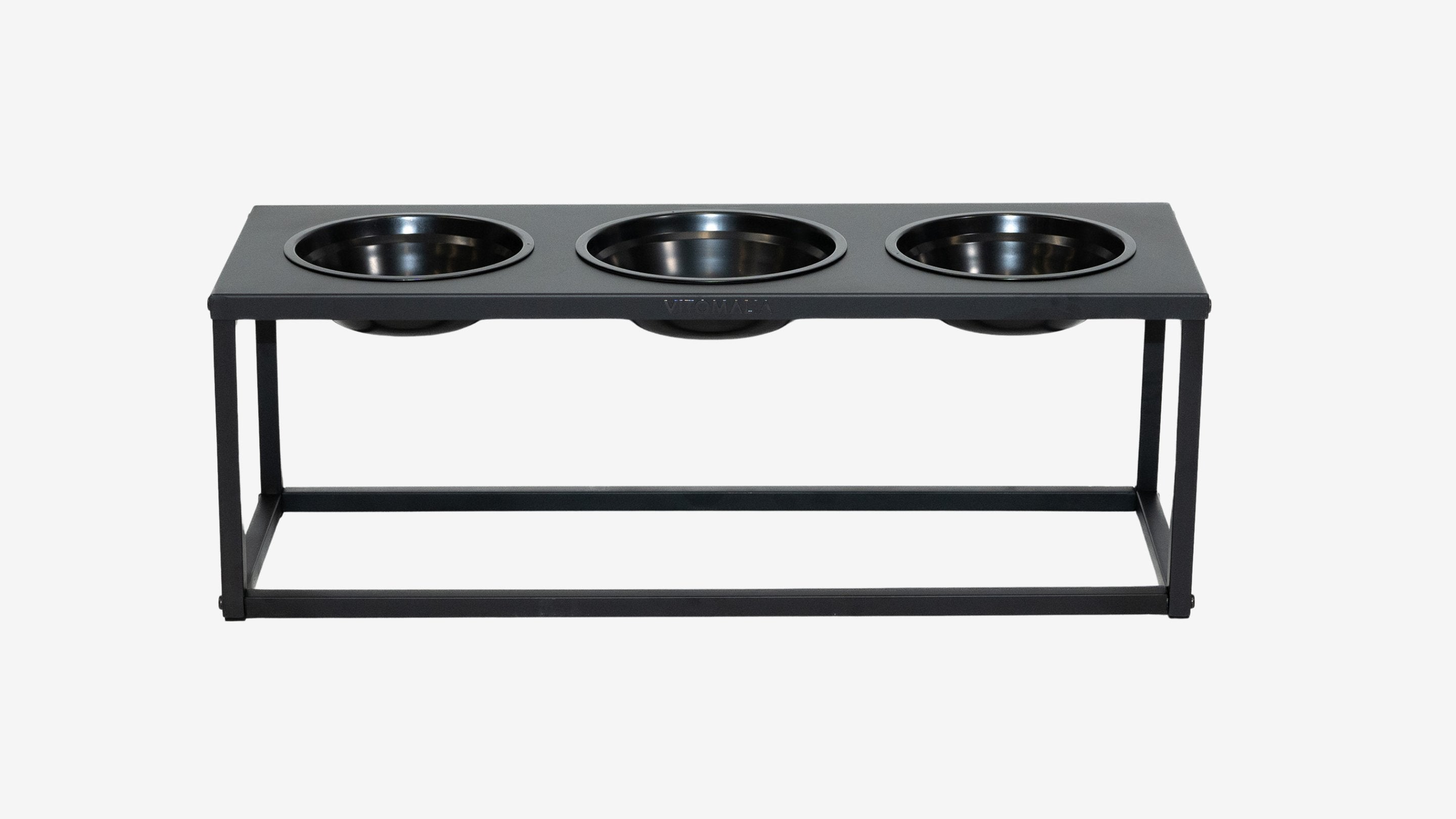Summer refreshment for your dog: dog ice cream at Vitomalia Bone
Introduction
For many of us, hot summer days are a welcome opportunity to relax on the beach, stroll through parks or just enjoy the sun. But what is a pleasant change for us can be a real challenge for our four-legged friends. While we can regulate our body temperature by sweating, dogs find it much more difficult to cool down in high temperatures.
Table of contents
Dog ice cream at Vitomalia Bone
Hot summer days can not only be difficult for us humans, our four-legged friends are also looking for refreshment. And what could be better than delicious ice cream? With this simple recipe you can conjure up a cool treat for your dog - dog ice cream in Vitomalia Bone. Healthy, tasty and quick to make!
Ingredients:
- Fruit pulp made from fresh fruit or without added sugar from a jar
- Grainy cream cheese or alternatively goat's milk yoghurt
- Optional: meat paste
preparation
You can puree fresh fruit of your choice (be careful, certain fruits such as grapes are poisonous to dogs) or buy a fruit pulp with no added sugar from a jar.
Mix the fruit pulp with the grainy cream cheese or goat's milk yogurt. This not only ensures a creamy consistency, but also provides important proteins and calcium.
Optionally you can add some meat paste. This gives the dog ice cream an extra kick and makes it even more irresistible for your dog.
Pour the mixture into the Vitomalia Bone. This special dog toy is perfect for being filled with treats.
Place the filled bone in the freezer for 1-2 hours. Depending on the size of the toy and the strength of your freezer, the time may vary.
Take the ice cream out of the freezer and give it to your dog to enjoy and lick.
Only wash the Vitomalia Bone by hand. It is made of natural rubber, which could absorb cleaning agents due to the aggressive dishwasher tabs and high temperatures.
Benefits of Dog Ice Cream
Cooling down: Dog ice cream is a great way to cool down your dog on hot days. While dogs don't sweat like humans, dog ice helps lower body temperature from the inside while maintaining moisture levels.
Hydration: Dog ice cream is a good source of extra hydration, especially on hot days when your dog may need more water than usual.
Occupation: Frozen treats can provide your dog with a meaningful activity because they take longer to consume than regular treats. They can help combat boredom and may even have a stress-relieving effect.
Healthy reward: If you use healthy ingredients like fruits and yogurt, dog ice cream can also be a healthy treat that's rich in vitamins and nutrients.
Dental hygiene: Chewing on the Vitomalia Bone can help minimize plaque and tartar and promote your dog's overall dental and oral health.
However, remember that dog ice cream, like all treats, should be given in moderation and should never replace a balanced diet. Additionally, all ingredients should be safe for dogs.

Can dogs sweat?
In contrast to us humans, who can sweat almost anywhere on our bodies, heat regulation works a little differently in dogs. Dogs only have few sweat glands, which are mainly in the The ball their paws are located. So if a dog is sweating, you may notice it through wet paw prints.
However, the main way dogs regulate their body temperature is this Panting. Panting allows dogs to expel warm air from their bodies while inhaling cooler air. This process helps lower the dog's body temperature.
It is important to note that dogs can quickly overheat in high temperatures or during intense physical exertion. They have a much harder time lowering their body temperature than we humans. That's why it's particularly important to watch out for signs of overheating and protect your dog accordingly on hot days. This includes measures such as providing sufficient shade, ensuring access to fresh drinking water and of course offering a cool treat, such as the dog ice cream described here at Vitomalia Bone.
Brachycephalic breeds and high temperatures
Brachycephalic dog breeds are those with short noses or “flat” faces, such as French bulldogs, Pekingese, pugs and Shih Tzus. This flat face shape can cause health problems - especially in connection with high temperatures. The reason for this is the structure of their respiratory tract. Brachycephalic dogs often have narrow nostrils and a shortened vestibule, which can make breathing difficult. Under normal conditions this can cause breathing problems, but in hot weather when the dog is panting more to cool down, it can be particularly problematic.
Panting is less effective in these breeds, meaning they cannot regulate their body temperature as well as other dog breeds. This makes them more susceptible to heat stroke and other heat-related illnesses.
So if you have a brachycephalic dog, it's especially important to be careful in high temperatures.

Signs your dog is too hot
As temperatures rise, it's important to watch for signs of overheating or heat stroke in your dog. Heat stroke can be life-threatening, so it's important to recognize symptoms early and act accordingly. Here are some signs your dog might be too hot:
Excessive panting: Panting is how dogs cool down, but excessive or persistent panting can be a sign that your dog is having difficulty lowering his body temperature.
Increased heart rate: If your dog's heartbeat is faster than normal, it could be a sign that he is overheated.
Restlessness or disorientation: Your dog may have difficulty standing still, may be unsteady and unsteady on his feet, or may have difficulty finding his way. These could be signs that he is overheating.
Excessive drooling or foaming at the mouth: Some dogs may begin to drool profusely or foam at the mouth if they overheat.
Exhaustion or lethargy: If your dog suddenly seems very tired, has no energy, or even collapses, this could be a sign of heat stroke. A blank stare is also a sign of this.
Red or blue tongue/gums: Your dog's tongue or gums may turn red or bluish, which could be a sign that he's not getting enough oxygen.
Reddened ears: If your dog's ears are red inside or very hot, this could indicate overheating.
Vomiting and diarrhea: In severe cases of overheating or heat stroke, your dog may also react with gastrointestinal problems such as vomiting and diarrhea.
If you notice one or more of these signs in your dog, it is important to take immediate action. Take your dog to a cooler place, give him water to drink, and moisten him with cool (not ice-cold) water. Please do not put a wet towel on your dog as this will build up the heat. It's much better to offer a wet towel to lay on. Contact a veterinarian immediately as heat stroke can quickly become life-threatening.
Vitomalia's conclusion
As temperatures rise, it's important that we keep not only ourselves cool, but also our furry friends. Dogs don't have the same ability as us to regulate their body temperature and can therefore easily overheat. The signs of overheating, such as excessive panting, increased heart rate, restlessness, excessive drooling, fatigue, or even red or blue tongue, as well as vomiting and diarrhea, should be taken seriously. If you notice these symptoms in your dog, you should act immediately and see a veterinarian if necessary.
An excellent way to keep your dog cool and hydrated is to provide dog ice cream. Not only is it a tasty reward, but it's also a great way to keep your dog busy and cool down. Remember to always use safe, dog-friendly ingredients and give treats in moderation. Stay safe and cool this summer and treat your dog to delicious and refreshing dog ice cream!
